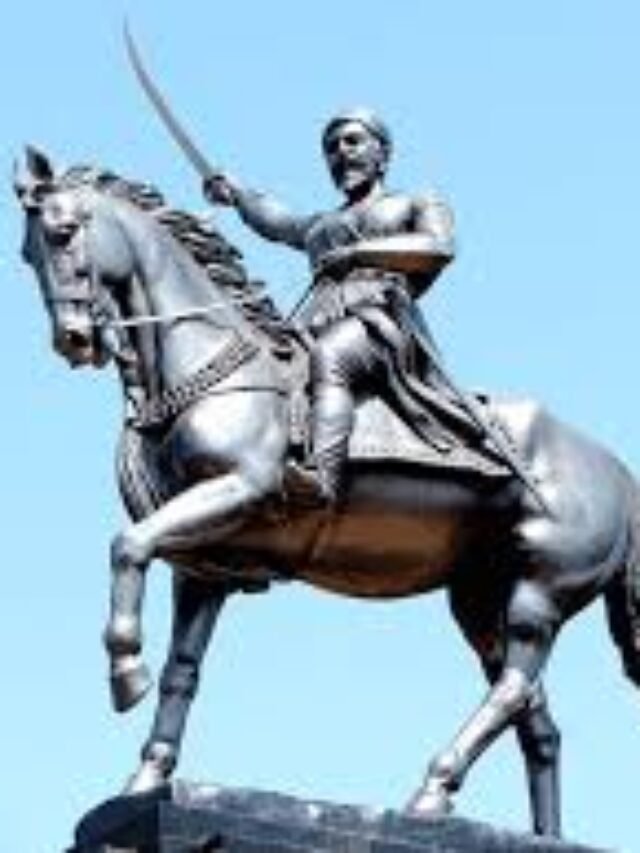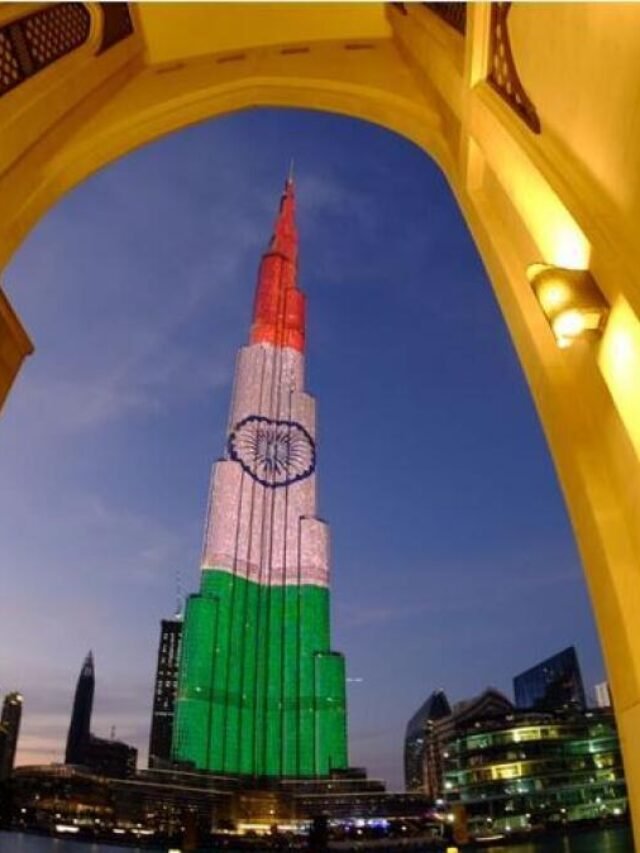The question of the official name for India has recently sparked speculation, with some advocating for a shift from “India” to “Bharat.” However, it’s worth noting that Article 1 of the Indian Constitution uses both names interchangeably, stating, “India, that is Bharat, shall be a Union of States.”
This article explores the historical origins and cultural significance of the names “Bharat,” “India,” and “Hindustan.”
The Roots of “Bharat”
The name “Bharat,” also spelled as “Bharata” or “Bharatvarsha,” can be traced back to Puranic literature and the epic Mahabharata.
According to the Puranas, Bharata was the land situated between the southern sea and the abode of snow in the north.
Social scientist Catherine Clémentin-Ojha highlighted that “Bharata” represents a socio-cultural entity rather than a political or geographical one. It refers to the territory where the Brahmanical system of society prevails.
Bharata: An Ancestral Name
“Bharata” is also associated with the legendary king Bharata, the ancestor of the Rig Vedic tribe of the Bharatas, and consequently, the progenitor of all the peoples of the Indian subcontinent.
Jawaharlal Nehru, in January 1927, referred to the “fundamental unity of India” that has persisted throughout history. He emphasized a unity of faith and culture, with India being referred to as “Bharata,” the holy land of Hindus.
The Origin of “India” and “Hindustan”
The name “Hindustan” likely derived from “Hindu,” the Persian cognate form of the Sanskrit “Sindhu” (Indus).
This term gained currency with the Achaemenid Persian conquest of the Indus valley in the 6th century BC, coinciding with the time of the Buddha.
The Greeks transliterated “Hind” as “Indus.”
By the 3rd century BC, “India” came to signify the region beyond the Indus, as evidenced during Alexander the Great’s invasion.
The Emergence of “Hindustan”
“Hindustan” emerged as a term during the Achaemenid Persian rule of the lower Indus basin.
Over time, the suffix “stan” was added to “Hindu,” creating “Hindustan.”
The name “Hindustan” eventually described the entire Indo-Gangetic plain during the reign of the early Mughals in the 16th century.
“Hindustan” in the Mughal Era
Historian Ian J. Barrow explained that in the 18th century, “Hindustan” often referred to the territories of the Mughal emperor, comprising a significant portion of South Asia.
However, “Hindustan” gradually lost its association with the entirety of South Asia as British colonial influence increased.
The Transition to “India”
From the late 18th century onwards, British maps began to favor the name “India,” while “Hindustan” started to lose its broader meaning.
Part of the appeal of “India” lay in its Graeco-Roman associations, its historical use in Europe, and its adoption by organizations like the Survey of India.
The adoption of “India” signaled a shift in perspective and contributed to the understanding of the subcontinent as a single, bounded British political territory.
Inclusion of “Bharat” and “India” in the Constitution
When drafting the Indian Constitution, both “Bharat” and “India” were retained as names for the country.
Jawaharlal Nehru, in his work ‘Discovery of India,’ mentioned “India,” “Bharata,” and “Hindustan” in the context of the country’s rich heritage.
However, “Hindustan” was omitted, and the Constitution preserved both “Bharat” and “India.”
The Constituent Assembly Debates
The question of naming India in the Constitution led to a division among members during the Constituent Assembly debates in September 1949.
Article 1 of the Constitution, which reads, “India, that is Bharat, shall be a Union of States,” signifies the inclusion of both names.
Some members argued against using “India,” seeing it as a reminder of the colonial past.
The names “Bharat,” “India,” and “Hindustan” carry rich historical and cultural significance for the people of India. While “Bharat” has its roots in Puranic literature and represents a socio-cultural entity, “India” gained prominence during the colonial era and signaled a shift in perspective. “Hindustan,” once synonymous with the entire Indo-Gangetic plain, eventually lost its broader meaning. The Indian Constitution retained both “Bharat” and “India,” acknowledging the importance of these names in representing the nation’s diverse heritage and identity. The ongoing deliberation regarding the official name underscores the intricate nature of India’s intricate historical and cultural mosaic.

























